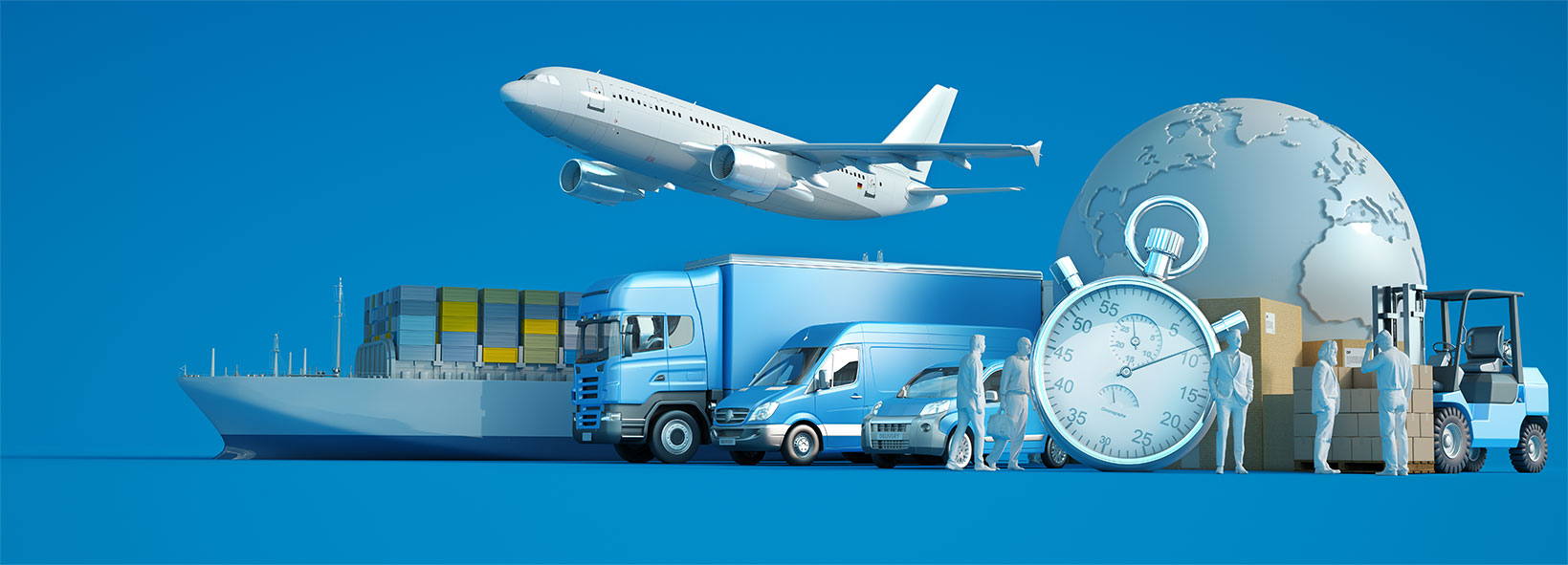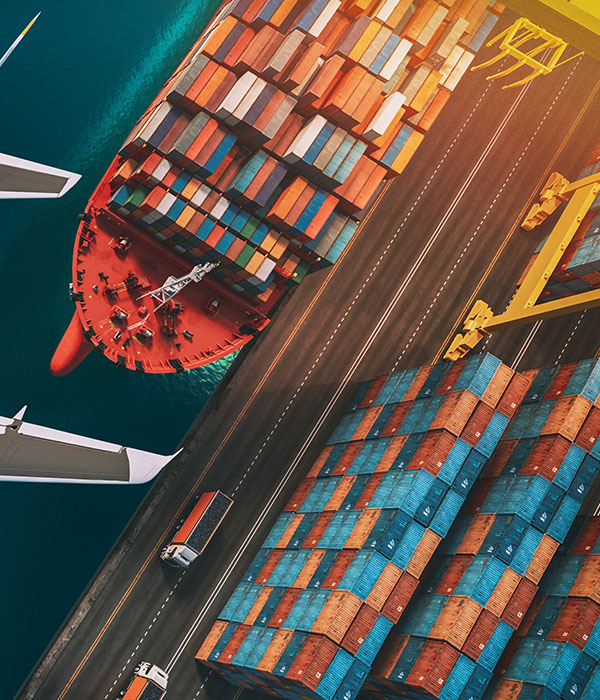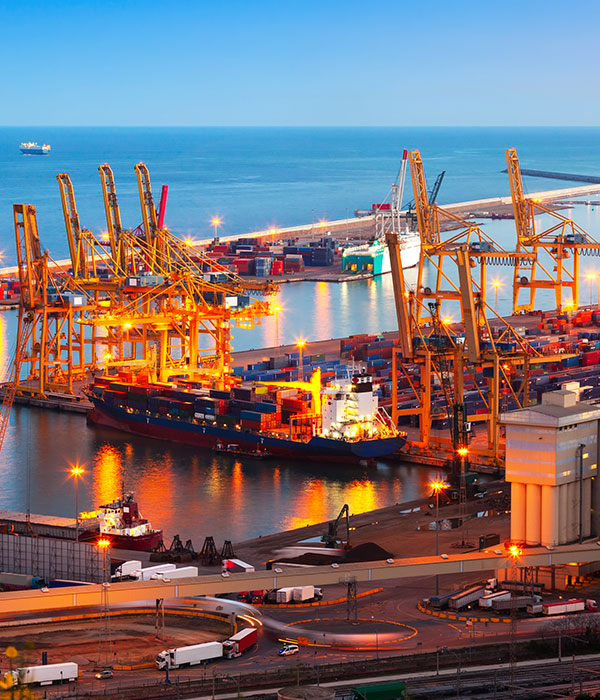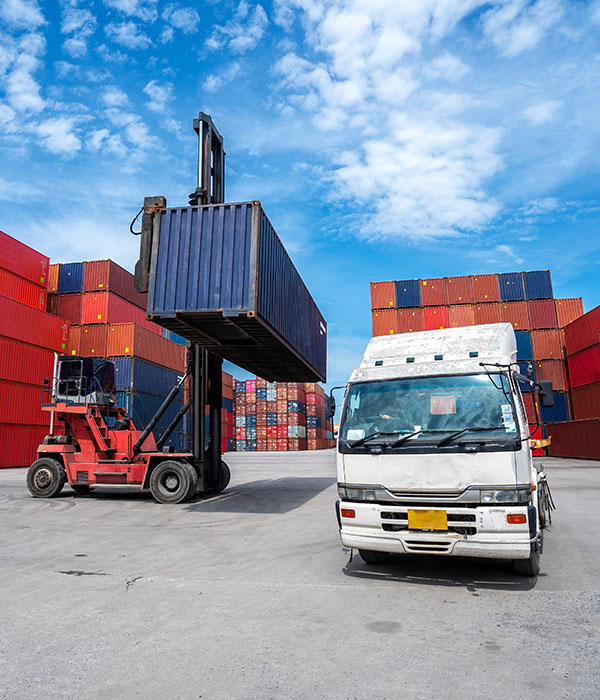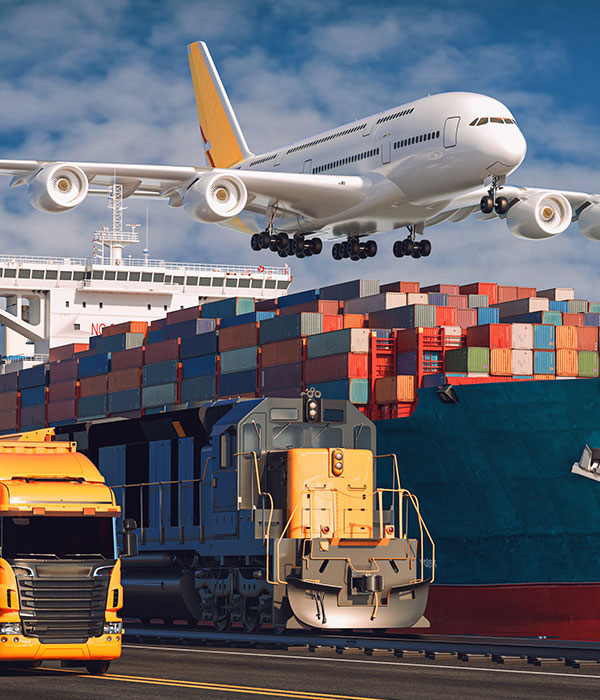Serious congestion and delay in South African ports
In recent months, the increasingly tense situation in the Red Sea has led many international shipping companies to adjust their route strategies, choosing to abandon the high-risk Red Sea route and choose to bypass the Cape of Good Hope instead. This change is undoubtedly an unexpected business opportunity for South Africa, an important country along African routes.
However, South Africa is facing unprecedented challenges as it meets this business opportunity. With the rapid increase in the number of ships, the existing capacity problems of ports along South Africa have become more serious. The lack of facilities and service level makes South African ports seem to be unable to cope with a large number of ships, and their capacity is seriously insufficient and inefficient.
Although container throughput at South Africa's main gateway has improved, crane failures and bad weather have exacerbated delays at South African ports. These problems have not only affected the normal operation of South African ports, but also brought considerable troubles to international shipping companies who choose to bypass the Cape of Good Hope.
As early as the end of November last year, the congestion crisis in South African ports was revealed, and the waiting time for ships to enter major ports was staggering: it took 32 hours on average to enter Port Elizabeth in Eastern Cape, while it took 215 hours to enter Nkula Port and 227 hours to enter Durban Port. This situation caused more than 100,000 containers to accumulate outside South African ports, which put great pressure on the international shipping industry.
The latest figures show that in the week ending March 15, the South African Freight Forwarders Association (SAAFF) reported a significant increase in the number of containers handled per day at ports, reaching 8,838 on average, a significant increase from 7,755 the previous week. State-owned port operator Transnet also reported in its February figures that container handling was up 23 percent from January and 26 percent year-on-year.
南非港口严重拥堵延误
最近几个月,红海局势的日益紧张使得众多国际航运企业纷纷调整航线,放弃风险较高的红海航线,转而绕行好望角。这一转变,对于非洲航线重要沿线国家南非而言,无疑是一个意外的商机。
然而,南非在迎接这一商机的同时,也面临着前所未有的挑战。随着船只数量的急剧增加,南非沿线港口原本就已存在的运力问题变得更为严重。设施和服务水平的不足,使得南非港口在应对大量船只时显得力不从心,运力严重不足,效率低下。
尽管南非主要门户的集装箱吞吐量有所改善,但起重机故障和恶劣天气等不利因素仍然加剧了南非港口的延误情况。这些问题不仅影响了南非港口的正常运营,也给选择绕行好望角的国际航运企业带来了不小的困扰。
早在去年11月底,南非港口的拥堵危机就已显露,船只进入各主要港口的等待时间令人咋舌:平均需要32小时才能进入东开普省伊丽莎白港,而进入恩库拉港和德班港则分别需要漫长的215小时和227小时。这一状况导致超过10万个集装箱积压在南非各港口之外,给国际航运业带来了巨大压力。
最新数据显示,截至3月15日的一周内,南非货运代理协会(SAAFF)报告称,港口平均每天处理的集装箱数量大幅增加,达到8,838个,较前一周的7,755个有显著增长。国有港口运营商Transnet也在其2月份的数据中报告称,集装箱处理量较1月份增加了23%,同比更是增长了26%。



